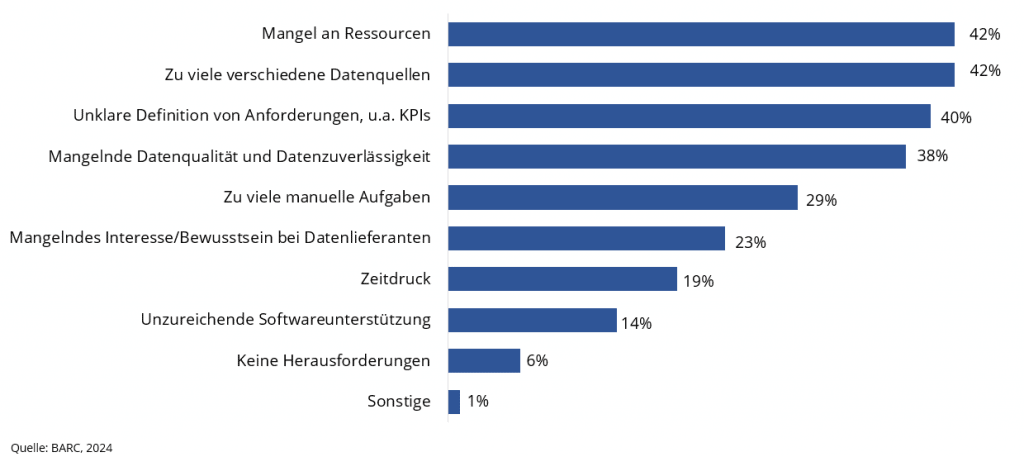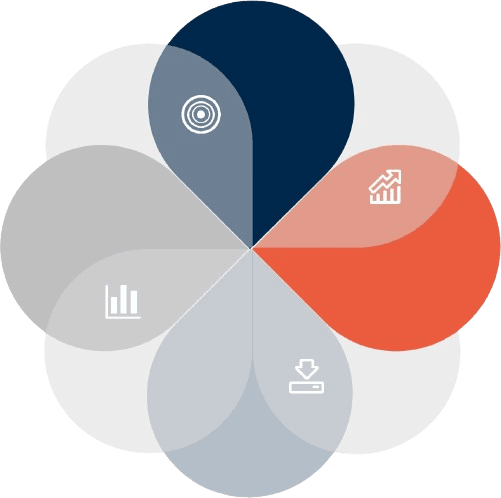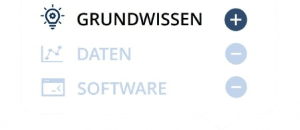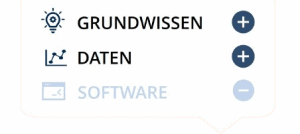Consulting
Experience
Expertise in Finance, Accounting & IT
Many companies are currently facing the challenge of implementing the strict and complex EU sustainability requirements. Under certain circumstances, companies are required to publish non-financial reporting in accordance with the CSRD or the EU Taxonomy.

WE support you in effectively implementing and reporting these new obligations by offering customized project and software solutions.

The Corporate Sustainability Reporting Directive (CSRD) defines mandatory ESG issueswhich must be assessed for their double materiality. The guidelines on materiality and information on which information must be disclosed are set out in the European Sustainability Reporting Standards (ESRS) explained.
Taking double materiality into account
Consideration of the entire value chain
The involvement of stakeholders to identify
The inclusion of future integration of perspectives and interests
The CSRD reporting involves three steps: First, data points analyzed, a value chain profile created and Stakeholder This is followed by a double materiality analysisfollowed by a GAP analysisIn the second phase, the results are transferred into tools and a reporting structure is set up. The final step integrates the process into everyday business, including project management, coordination and progress reports on implementation.
These modules are based on your individual needs and can be used flexibly and individually.
To fulfill the EU taxonomy reporting obligation The process takes place in three steps: First, the taxonomy-capable economic activities analyzed, classified and a conformity assessment carried out. The taxonomy-compliant shares an Revenue, CapEx and OpEx In the second phase, the Results from Phase 1 provided, a tool was selected and developed, and interfaces to upstream and downstream systems were created to implement the EU taxonomy. The last step involves the process integration through the development of a standard process and its establishment in everyday business, supported by project management, coordination and controlling.
These modules are based on your individual needs and can be used flexibly and individually.
In addition, we offer you professional project management upon request to support you not only with the professional and technical implementation but also with the organizational implementation.
We support you with your individual challenge

YOUR CHALLENGES:
“As part of the CSRD, we are obliged to report on our sustainability. We don’t yet have the skills, processes and structures to start the project.”

YOUR CHALLENGES:
"We already have an internal team of experts dedicated to sustainability reporting. We have started identifying our data sources."

YOUR CHALLENGES:
“We have already completed the specialist project and would now like to support and automate reporting using a tool.”
OUR SOLUTIONS:
We support you in building understanding and help you define processes, roles and structures.
OUR SOLUTIONS:
We support you in the preparation and analysis work. From collecting data at the source, involving stakeholders to identifying the value flows and analyzing the data points.
OUR SOLUTIONS:
We record your requirements for software and evaluate the potential solutions with you in view of your IT architecture and carry out the implementation.
comprehensive steering of software selection process
Ensuring a customer matching Procedure.
implementation of the inventory and installation of the catalog of criteria.
Definition of a suitable demo cases for manufacturer presentations.
Creation of one Summary of results with management summary (Letter of recommendation for the board).
coordination all meetings internally and with the manufacturers.
Provision one of INSIRE's predefined catalog of criteria for the area of ESG reporting.
Providing a suitable sample of a demo cases for the manufacturer presentation.
Contact from INSIRE to the relevant Contact persons the software manufacturer.
Use of one proven approach.
1. Development of a target image
2. Deriving the specific requirements
3. Software selection

Your company must first analyze the relevant laws and industry-specific standards to gain an understanding of ESG reporting requirements. These depend on the company's size, industry, and market.
Your company can benefit from an ESG software solution that enables systematic data collection and analysis. Establishing processes for regular data reviews and updates is essential to ensure the quality of ESG data.
An ESG software solution can be seamlessly integrated into your system infrastructure and can effectively complement and optimize your processes. This requires a detailed analysis of your existing system landscape in order to develop an implementation strategy that is right for you.
The use of ESG reporting software supports the audit-proof documentation of ESG data as it comprehensively integrates functions for precise data collection and governance management with the help of audit trails.
Software-supported sustainability reporting optimizes efficiency through automation and pre-integrated standards. It enables real-time reporting and can lead to long-term cost reduction.